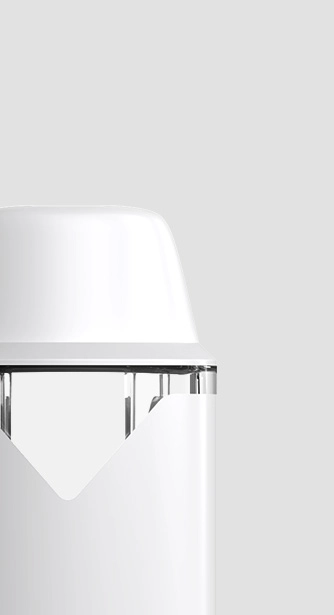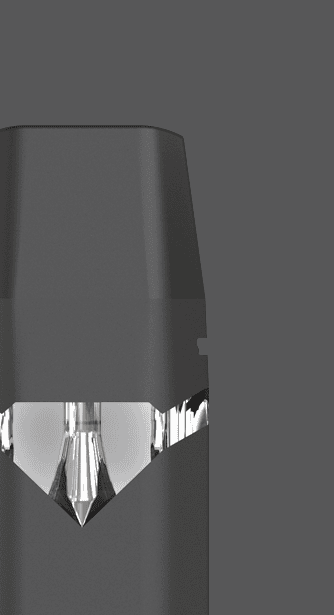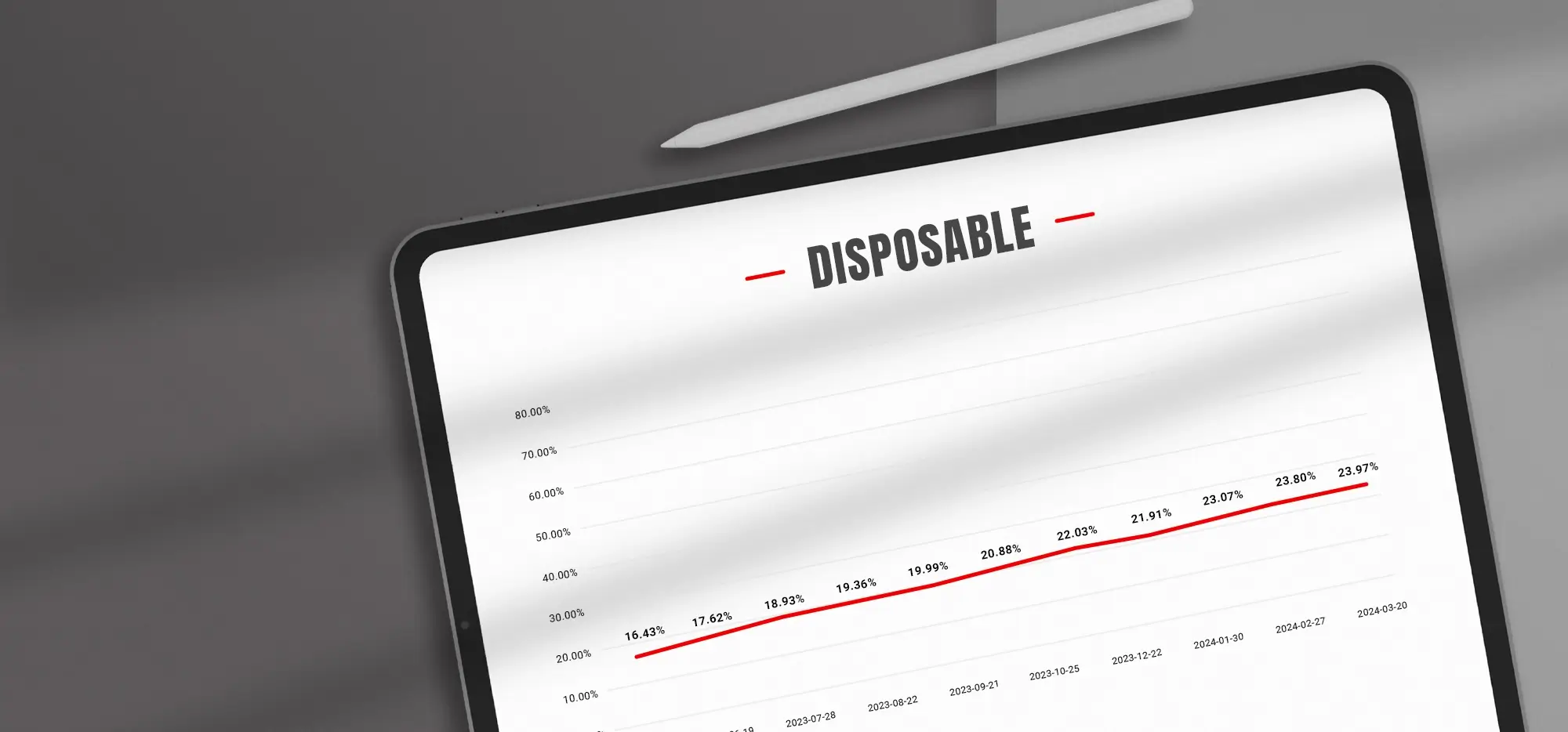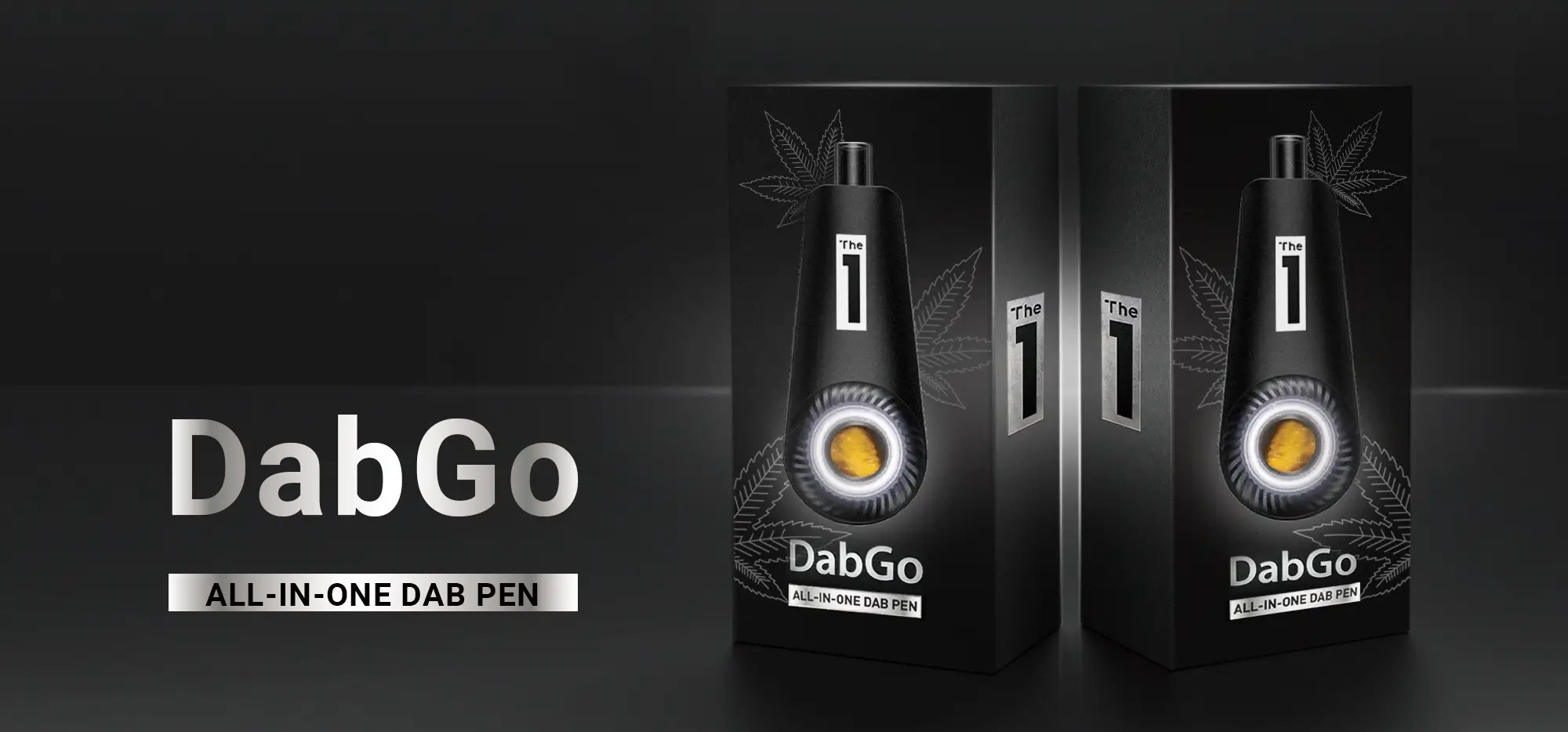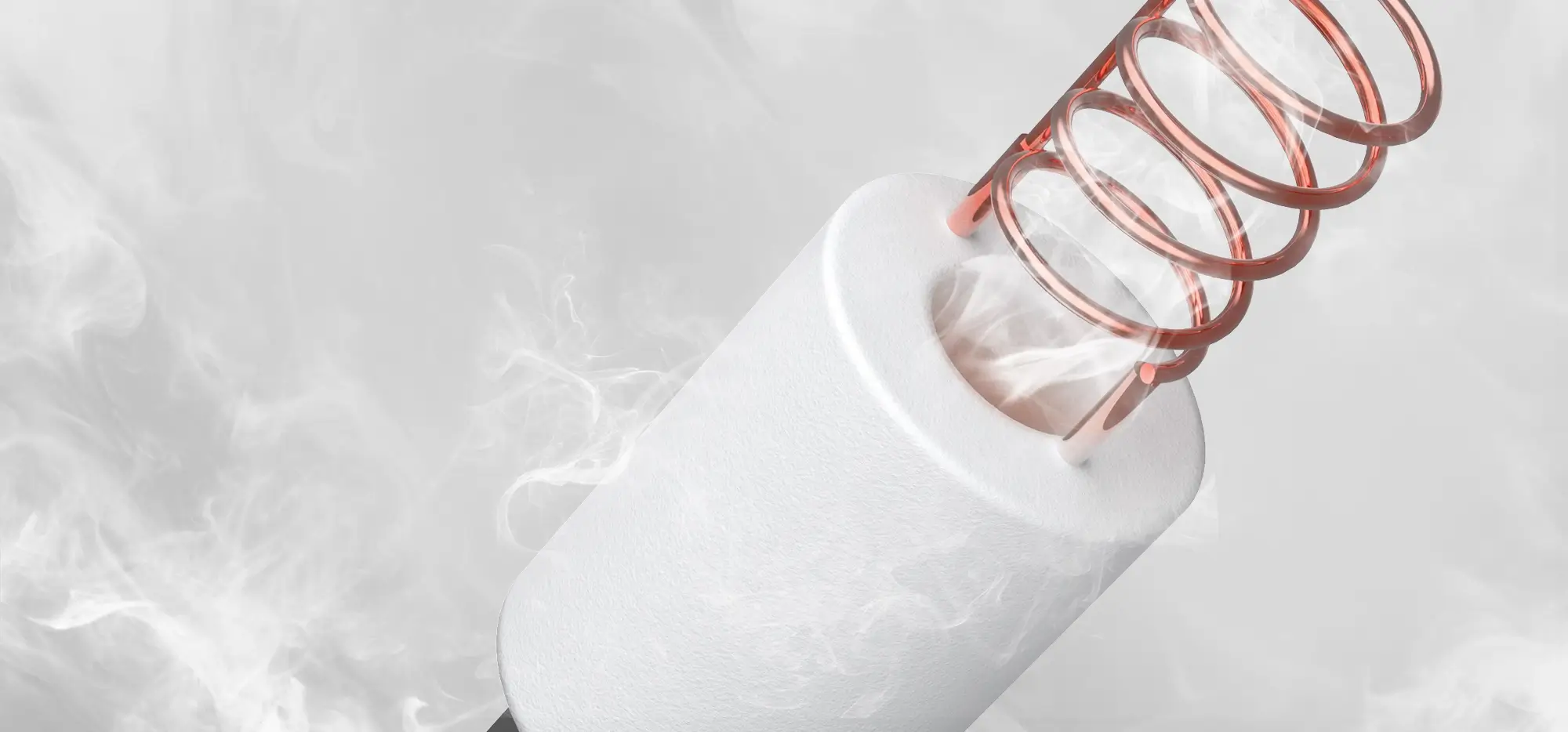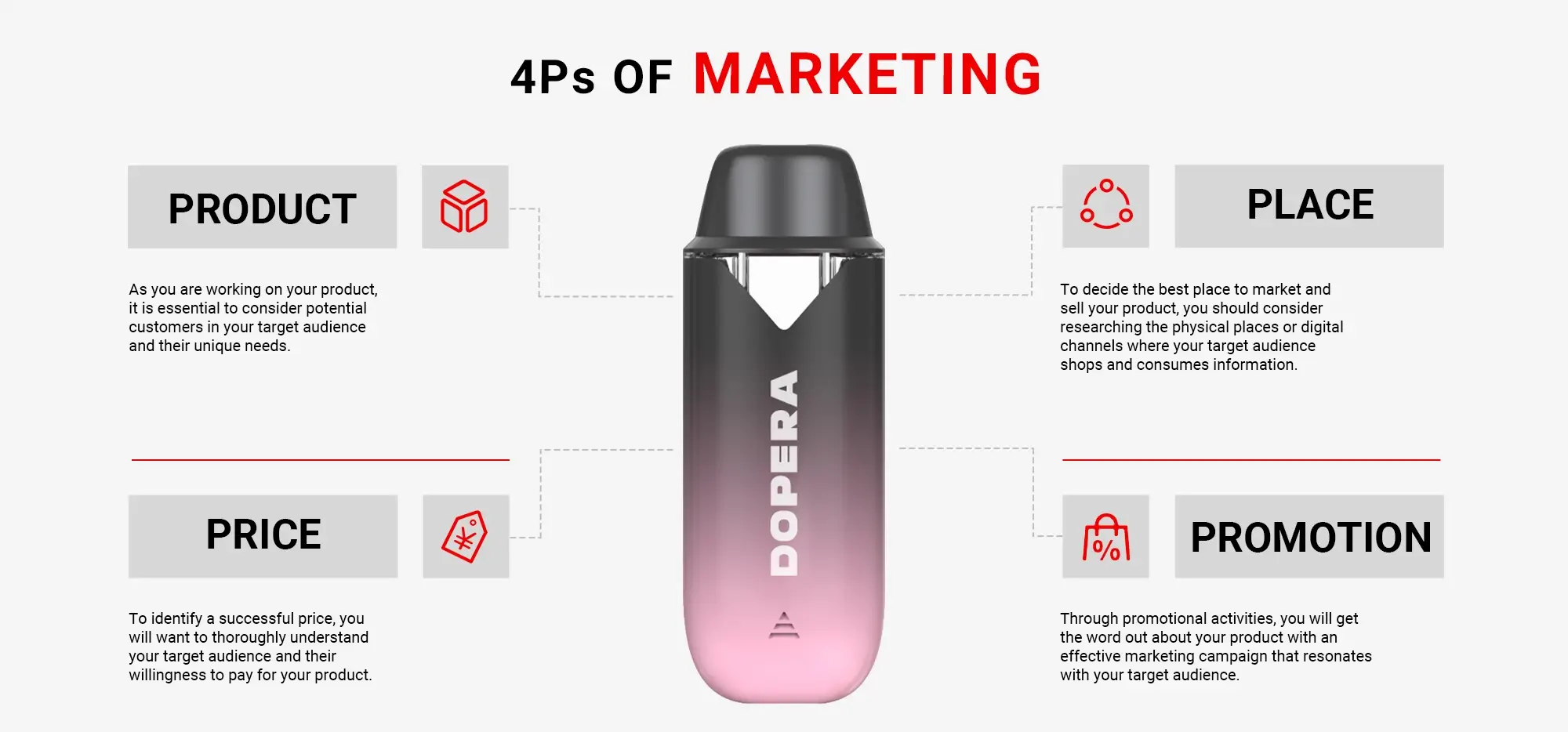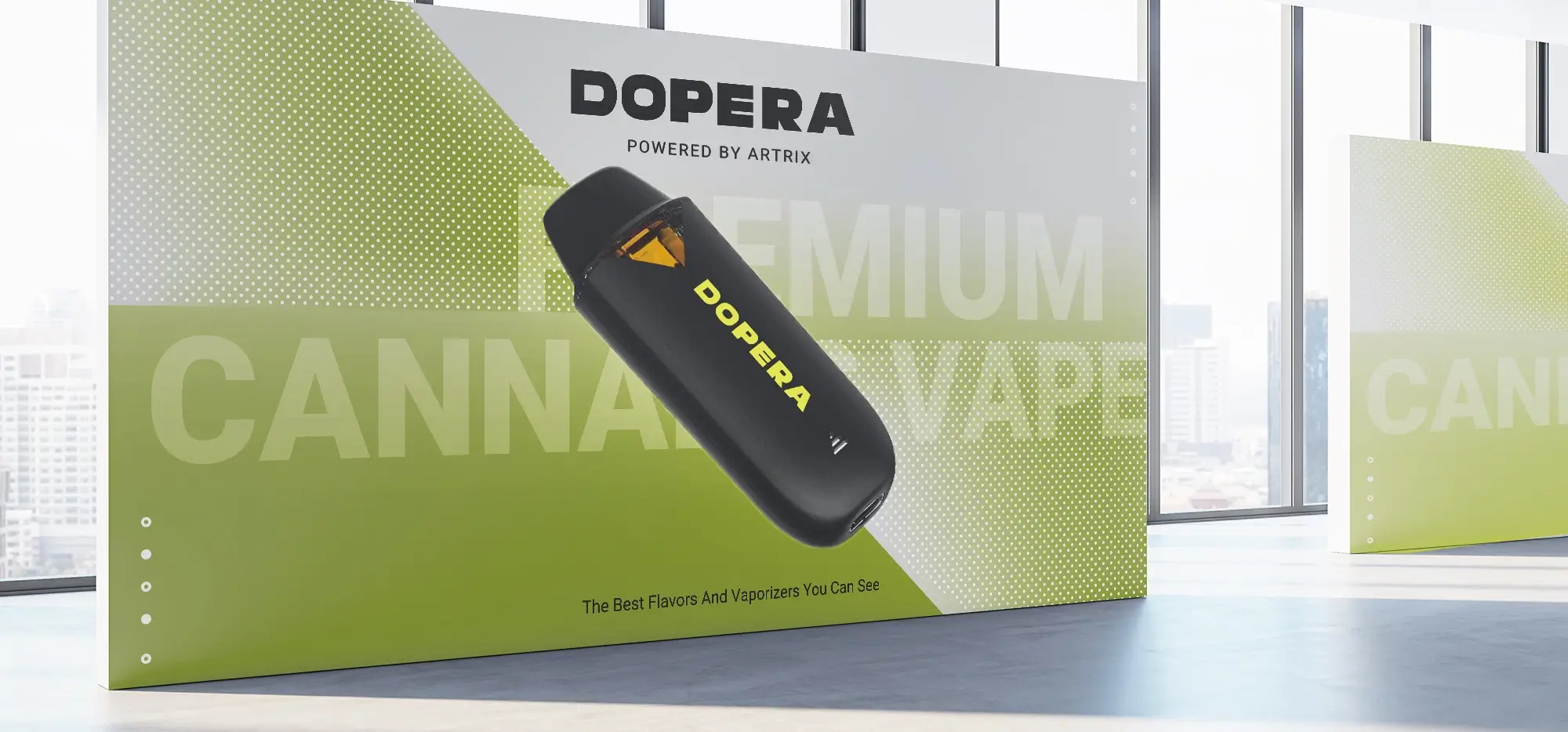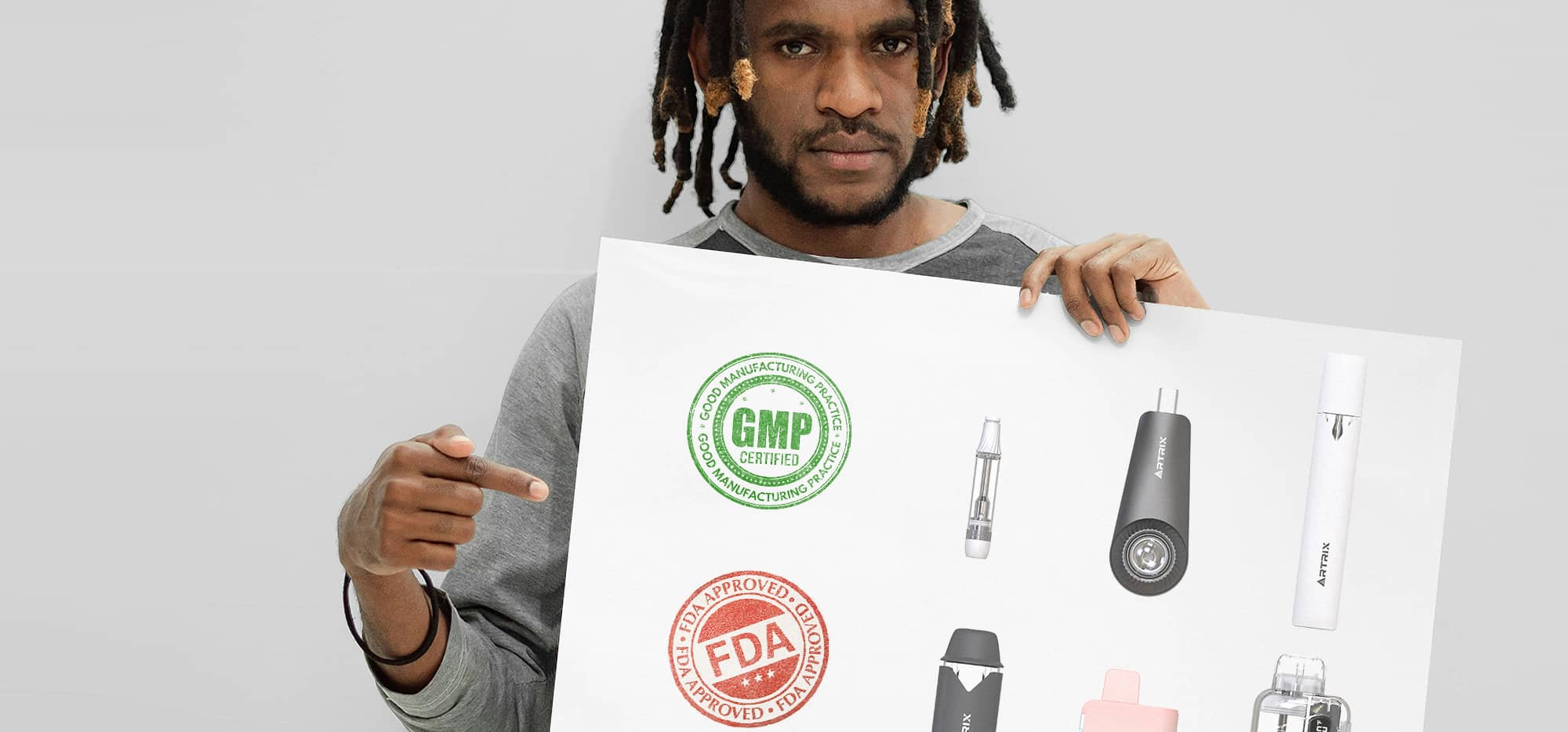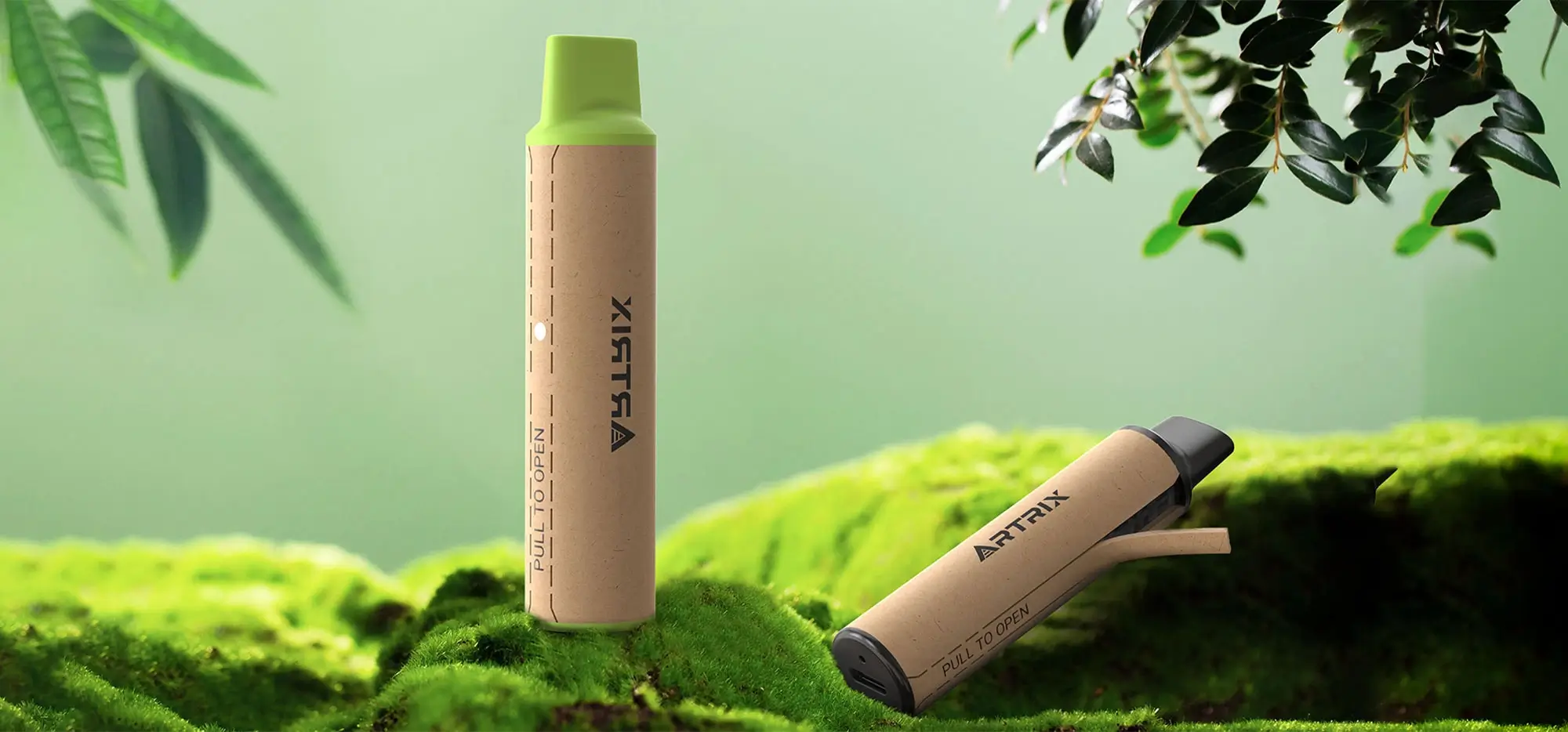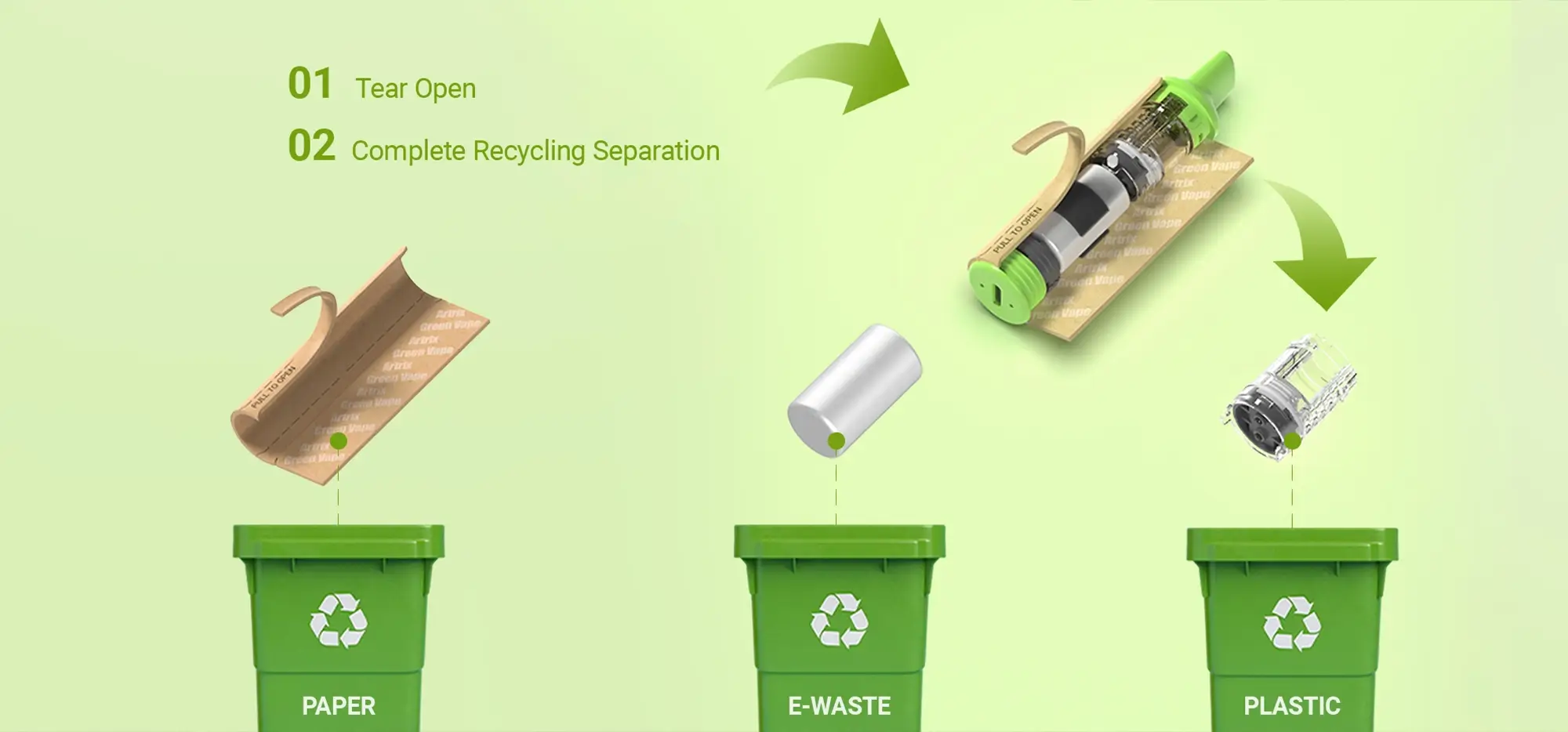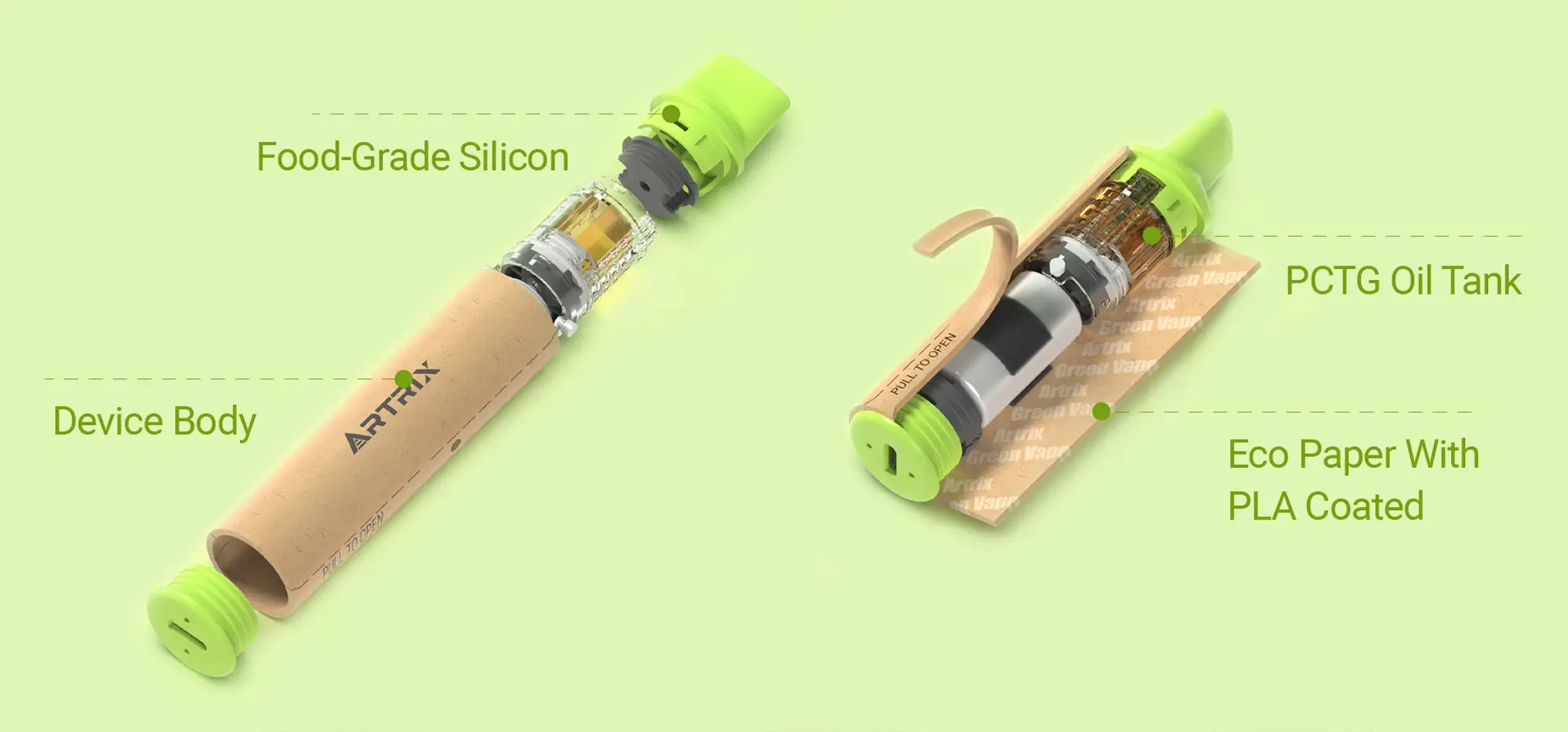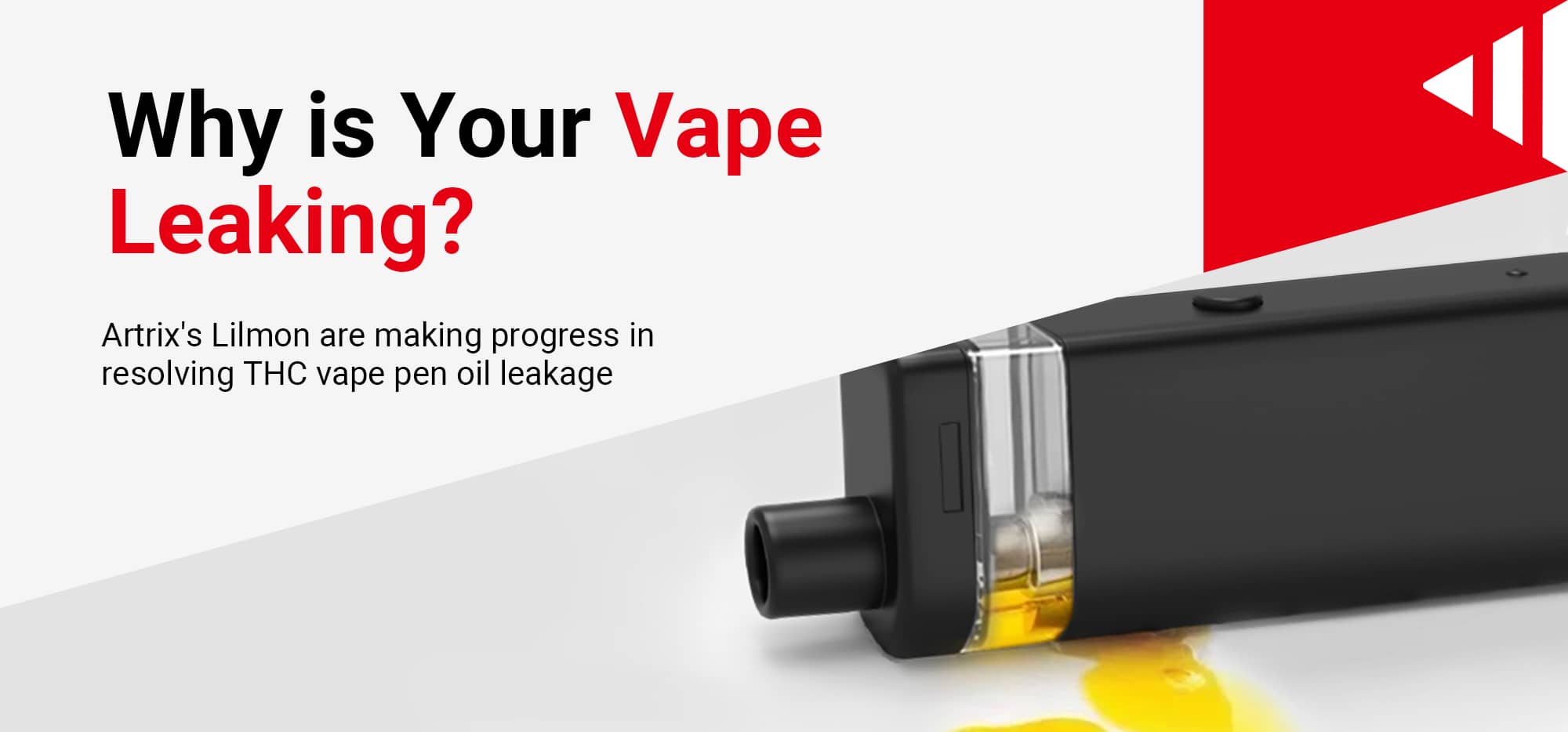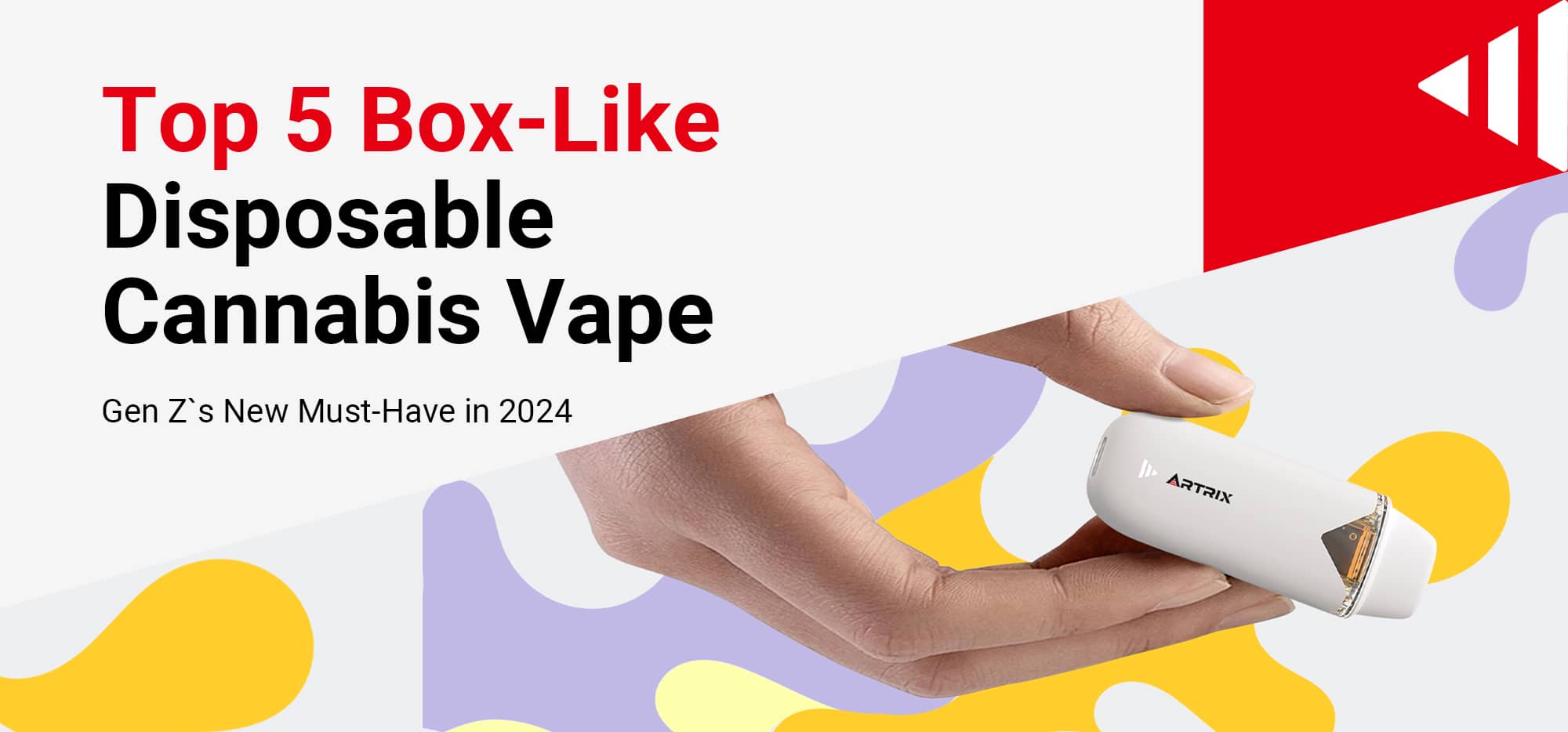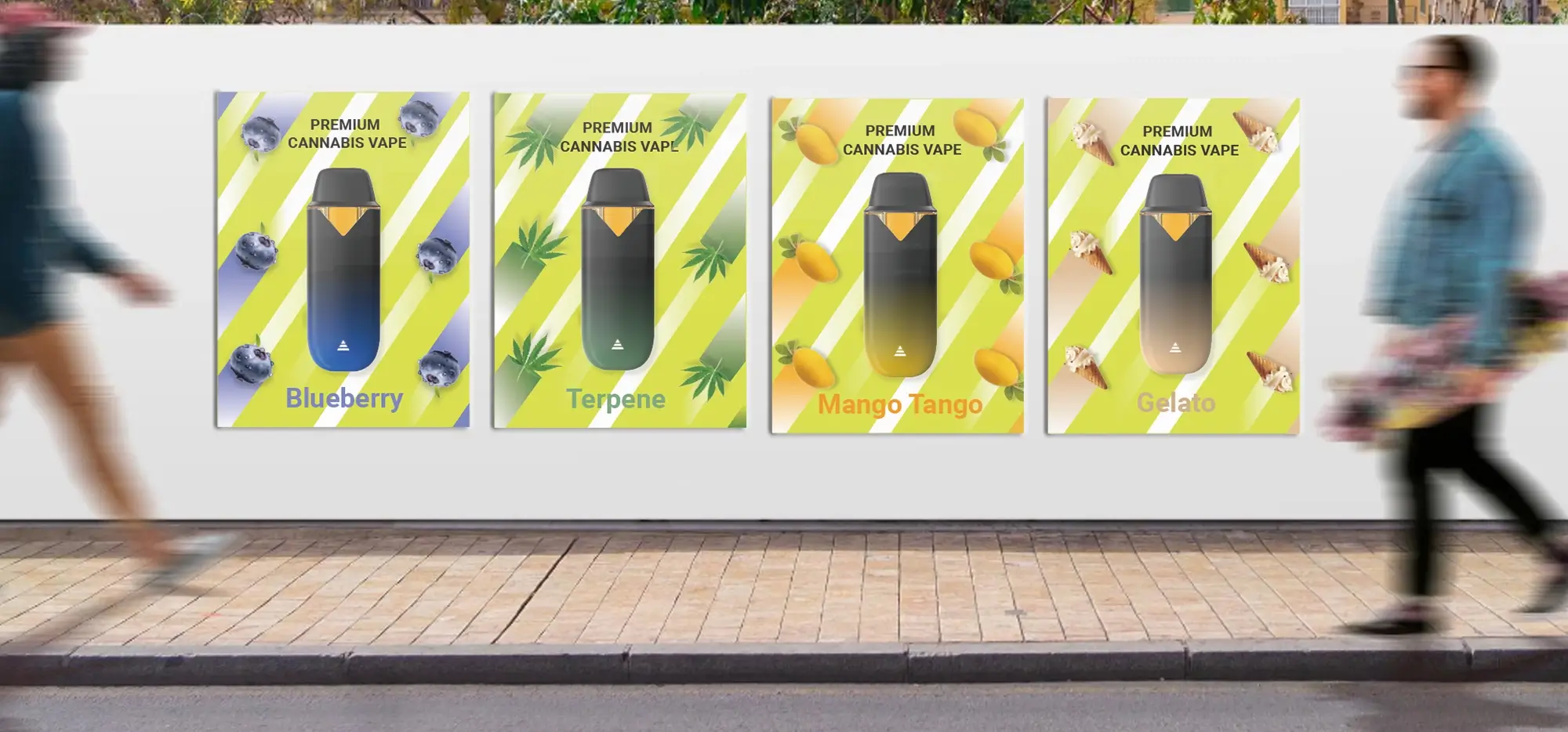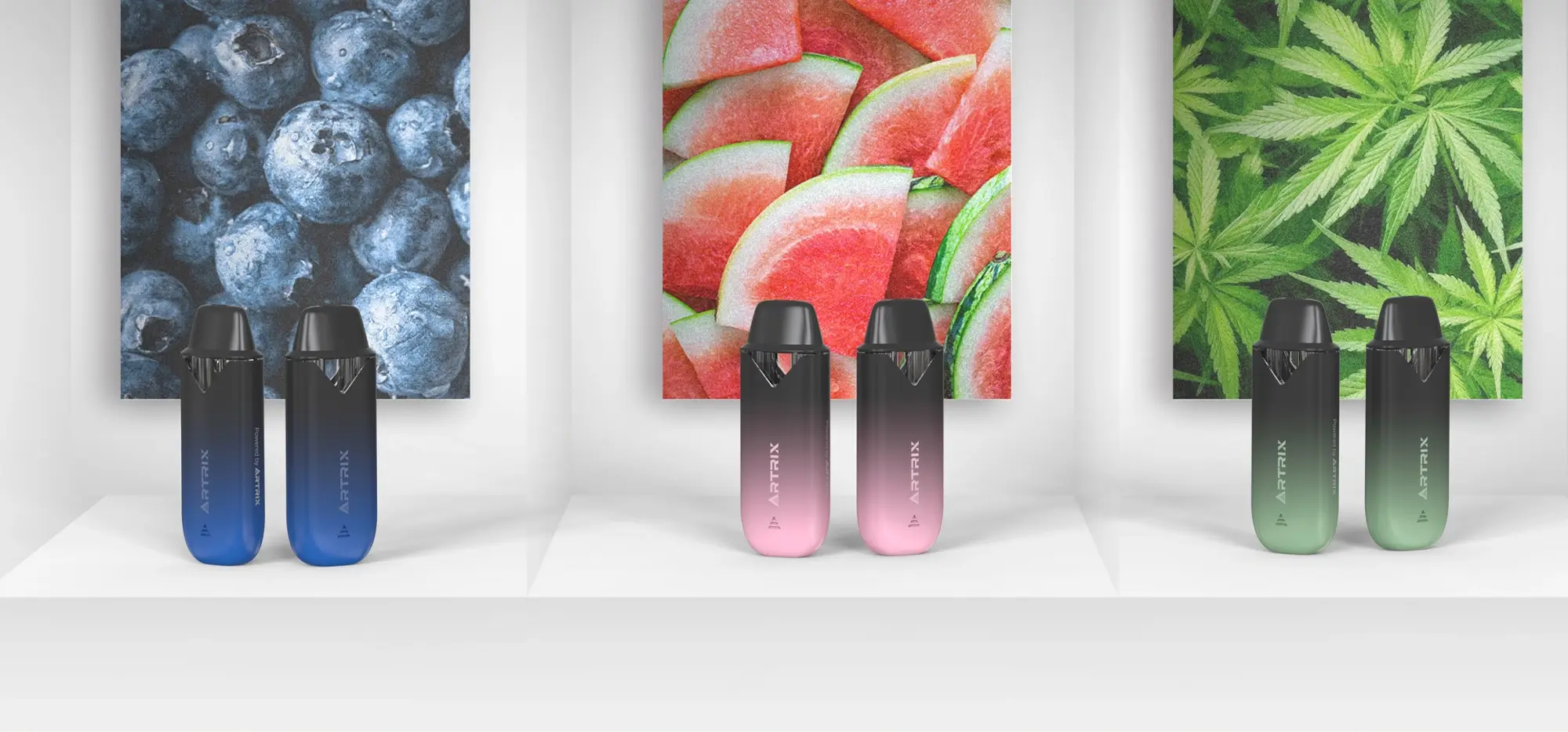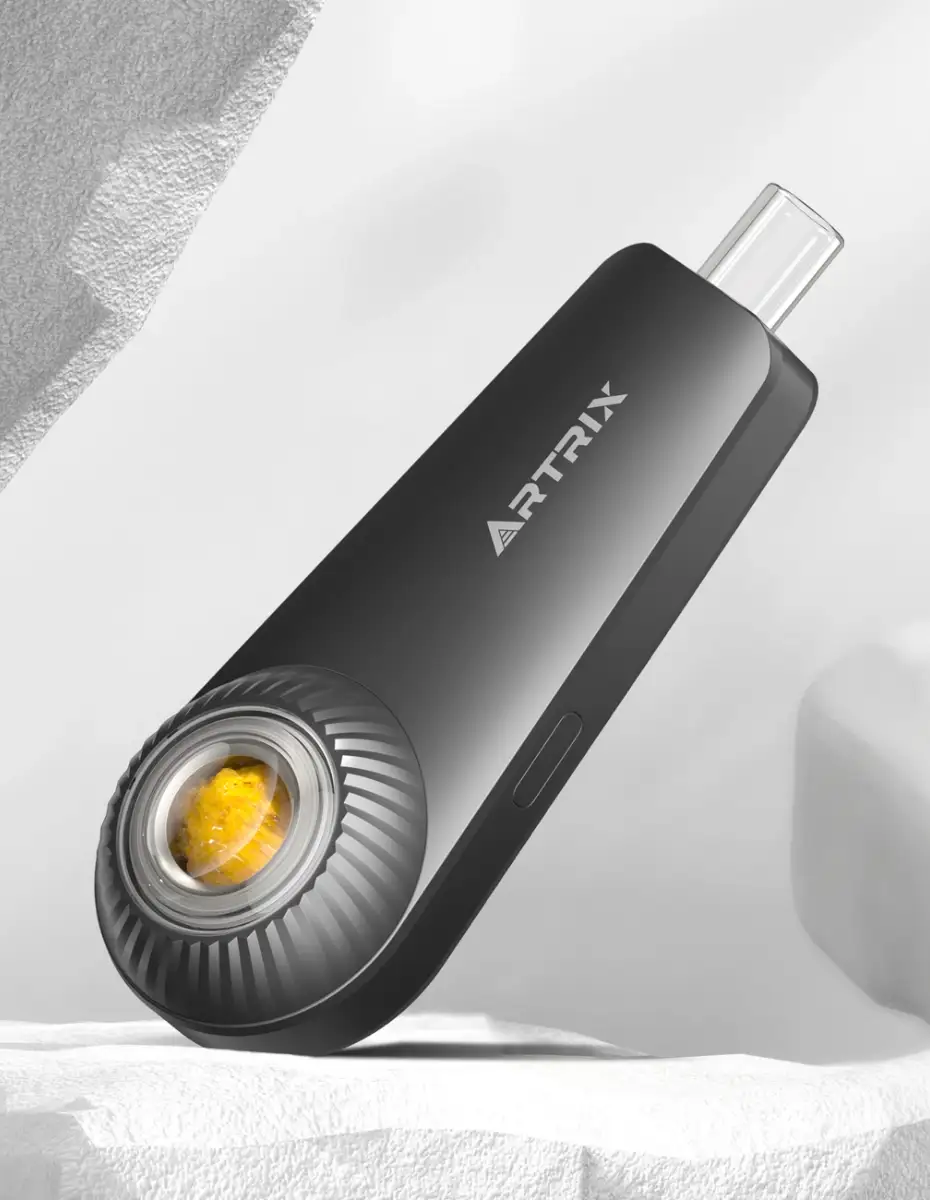How to Unclog a Vape Cart: Safe Methods That Actually Work
Quick Solutions First (For Immediate Relief)
When your cart stops hitting properly, try these gentle methods before moving to more intensive fixes. These work for about 80% of minor clogs and won’t damage your device.
The 30-Second Hand Warming Method
The simplest fix often works best. Roll the cartridge between your palms for 30-60 seconds, applying gentle pressure. The warmth from your hands reduces oil viscosity, allowing it to flow more freely. You’ll know it’s working when you see small bubbles moving in the oil or feel the cart getting slightly warmer.
This method works because cannabis oil thickens when cool and becomes more fluid when warm. It’s completely safe and won’t damage any components.
The “Thick Milkshake” Pull Technique
Take a firm, steady draw from the mouthpiece – similar to pulling a thick milkshake through a straw. Don’t use short, sharp puffs. Instead, maintain consistent suction for 3-5 seconds. You may hear a small “pop” when the clog clears.
This technique works by creating enough suction to pull thickened oil through the heating chamber. If you don’t get results after 3-4 attempts, move to the next method rather than risking damage to the coil.
Using Your Battery’s Preheat Function
Most quality vape batteries have a preheat mode activated by clicking the button 2-3 times rapidly. This gently warms the oil for 10-15 seconds without creating vapor. Listen for a subtle sizzling sound – this indicates the oil is warming properly.
After preheating, wait 30 seconds, then try a normal draw. If your battery doesn’t have preheat, or if this doesn’t work after 2-3 cycles, try the next section’s methods.
Why Is My Cart Clogged? (Quick Diagnosis)
Understanding your specific clog type helps you choose the right fix and avoid wasting time on methods that won’t work.
The Two Types of Clogs You’re Dealing With
The Airflow Test: Try drawing air through the mouthpiece without activating the battery. Can you pull air through easily? If yes, you likely have a wicking issue where oil isn’t reaching the coil properly. If no air comes through, you have a physical blockage in the airway.
Wicking issues respond well to gentle heat methods. Physical blockages may need mechanical clearing, but proceed carefully.
Visual Check: What to Look For
Remove the cart from your battery and examine it in good light. Look for oil buildup in the mouthpiece, air bubbles around the heating element, crystallization on the glass, or oil that appears separated into layers.
Dark oil near the coil may indicate overheating damage. If you see cracks in the glass or plastic, discontinue use immediately for safety reasons.
Advanced Heat Methods (When Hand Warming Fails)
Safety First: Never use open flames, and always ensure good ventilation. Stop immediately if you smell anything unusual or if the cart becomes too hot to touch.
The Hair Dryer Method – Done Right
Hold the cart at least 6 inches from the hair dryer on its lowest heat setting. Apply heat for 10-15 second intervals, rotating the cart to heat evenly. The plastic mouthpiece can warp or melt with too much heat, so keep your distance.
Test the cart after each heating interval. This method works well for thick distillate that has cooled and solidified, but don’t overdo it.
The Warm Water Method
Place the cart in a sealed plastic bag, then submerge in warm (not hot) water for 2-3 minutes. Water temperature should be comfortable to touch – around 100-110°F. This provides gentle, even heating without risk of overheating plastic components.
Dry the cart thoroughly before reconnecting to your battery. This method is safer than direct heat and works well for minor clogs.
Important Heat Method Warnings
Never use boiling water, ovens, microwaves, or direct flame. These can cause dangerous pressure buildup, release toxic fumes, or create fire hazards. If gentle heat doesn’t work, the issue likely requires a different approach.
Mechanical Unclogging (Proceed with Caution)
Critical Safety Note: These methods carry higher risk of permanent damage. Only attempt if heat methods have failed and you’re prepared to potentially lose the cart.
The Paperclip Method – Without Breaking Your Coil
Use only a thin paperclip or toothpick, and insert no more than ½ inch into the mouthpiece. Use gentle twisting motions – never force it. You should feel minimal resistance. If you encounter firm resistance, stop immediately to avoid damaging the coil.
The goal is to clear accumulated oil from the mouthpiece area, not to reach the heating element. Damaging the coil will make your cart permanently unusable.
Cleaning Air Vents and Connections
Use a cotton swab lightly dampened with isopropyl alcohol (70% or higher) to clean the threading and air vents. Avoid getting liquid inside the cart. Clean the battery connection points as well, as poor connections can cause performance issues that mimic clogs.
Allow everything to dry completely before reassembling – typically 10-15 minutes.
What NOT to Use (Save Your Cart)
Never use metal needles, excessive force, or improvised tools. Don’t attempt to disassemble the cart. Avoid using water directly on electrical components. These approaches almost always cause permanent damage and may create safety hazards.
Prevention: Never Deal With This Again
The best clog is one that never happens. These storage and usage habits will dramatically reduce future problems.
The Three Storage Rules
Always store upright: Oil settles away from air vents, preventing blockages. Horizontal storage allows oil to pool in airways.
Room temperature (60-75°F): Extreme temperatures cause oil to either crystallize or become overly thin. Both create problems.
Away from sunlight: UV light degrades cannabinoids and can change oil consistency over time.
Smart Vaping Habits That Prevent Clogs
Take slower, longer draws rather than quick puffs. This allows proper oil flow to the coil. Clear your hits by drawing for an extra second after releasing the button – this prevents oil from settling in the heating chamber.
Allow 30-60 seconds between hits, especially with thick oils. Chain vaping doesn’t allow proper oil flow and can burn out coils prematurely. Avoid using carts in very cold weather, as this causes immediate thickening.
Choosing Better Carts Next Time
Look for cartridges with ceramic coils rather than cotton wicks – they handle thick oils better and last longer. Reputable brands typically use higher-quality components that resist clogging. Adjustable airflow features give you more control over draw resistance.
Avoid extremely thick distillates if you frequently experience clogs. Some consistency is normal, but oil should flow visibly when tilted.
Troubleshooting Specific Problems
“I Hear Gurgling But No Vapor”
This indicates a flooded coil where too much oil has accumulated in the heating chamber. Try the preheat function followed by gentle draws without activating the battery. This can help clear excess oil. If gurgling persists, the coil may be permanently flooded.
“It Worked Yesterday, Now It’s Dead”
Temperature changes overnight often cause this. Try the hand warming method first, as oil may have simply thickened. If your cart was working fine and suddenly stopped, it’s usually a temperature-related clog rather than a defective product.
“Multiple Clogs in the Same Cart”
If you’ve unclogged the same cart 3+ times, you’re likely dealing with either very thick oil or a defective product. Consider whether the oil quality matches other carts you’ve used successfully. Some cartridges have design flaws that make them prone to repeat clogging.
When to Give Up (Don’t Waste Your Time)
Knowing when to stop prevents frustration and potential safety issues.
The Three-Strike Rule
If three different gentle methods haven’t worked, the clog is likely permanent. Signs of irreversible damage include burnt taste, no airflow improvement after multiple attempts, or visible damage to the coil area.
Continuing to try aggressive methods at this point usually makes things worse and may create safety hazards.
Safety First: Red Flags to Stop Immediately
Stop using the cart if you notice: Cracks in glass or plastic, any leaking oil, unusual chemical smells, the cart becoming extremely hot, or electrical issues with your battery when this cart is attached.
These signs indicate potential safety problems that could lead to injury or device damage.
FAQ: Your Specific Questions Answered
Can I use a lighter to heat my cart? No. Open flames create fire hazards and can cause dangerous pressure buildup inside the cart. Stick to indirect heat methods.
How many times can I unclog the same cart? If you need to unclog the same cart more than 2-3 times, consider it defective or incompatible with your usage habits.
Why does my cart clog overnight? Temperature changes cause oil to thicken. Store at room temperature and try gentle warming before assuming it’s broken.
Is it safe to blow into the charging port? This method is mentioned online but isn’t recommended due to potential moisture damage and hygiene concerns.
Can I prevent clogs in thick oil carts? Use lower voltage settings, take slower draws, and store properly. Some very thick oils will always be more clog-prone.
What if I taste burning after unclogging? Stop immediately. This indicates coil damage. The cart may be unsafe to use and should be discarded.
Should I return a cart that clogs repeatedly? Yes. Reputable dispensaries typically replace defective products. Keep your receipt and explain the specific issues you’ve experienced.
Final Thoughts
Most cart clogs respond to gentle heat and proper technique. The key is starting with the safest methods and knowing when to stop. Remember that cartridges are consumable products – sometimes replacement is more practical than repair.
Always prioritize safety over saving money. A $30 cart isn’t worth risking injury or damaging a more expensive battery. When in doubt, consult with knowledgeable staff at licensed dispensaries who can help you choose products better suited to your preferences and usage patterns.
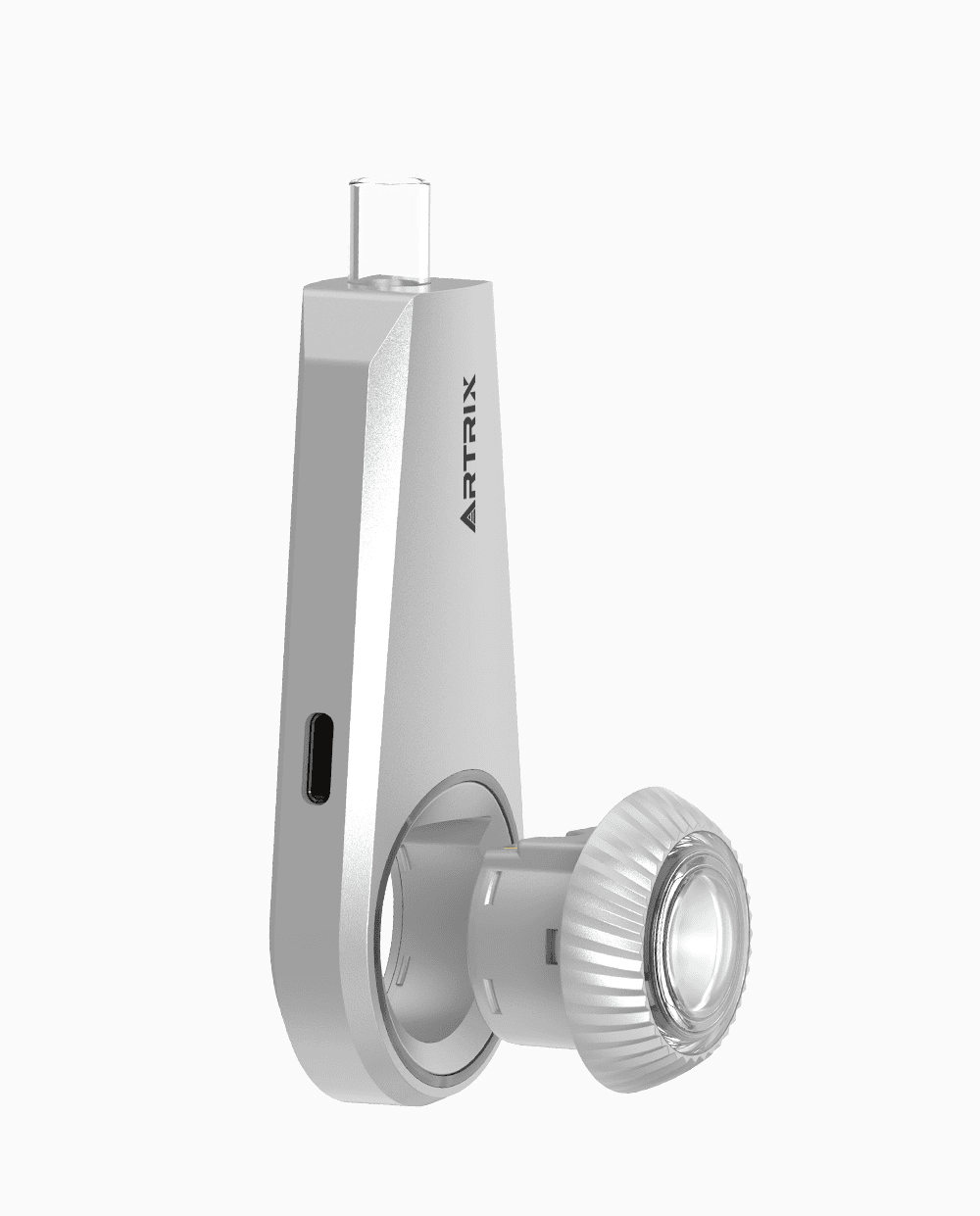
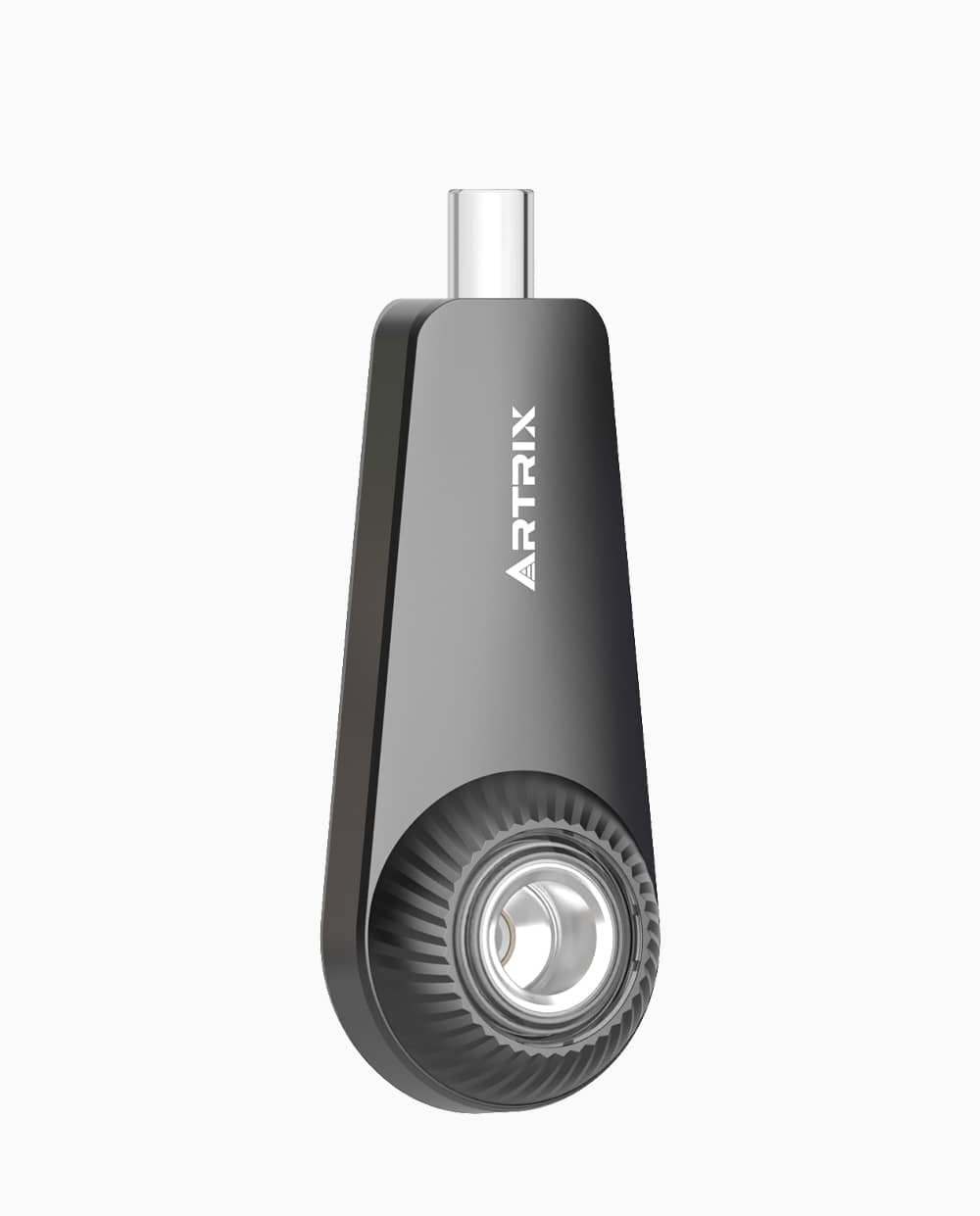
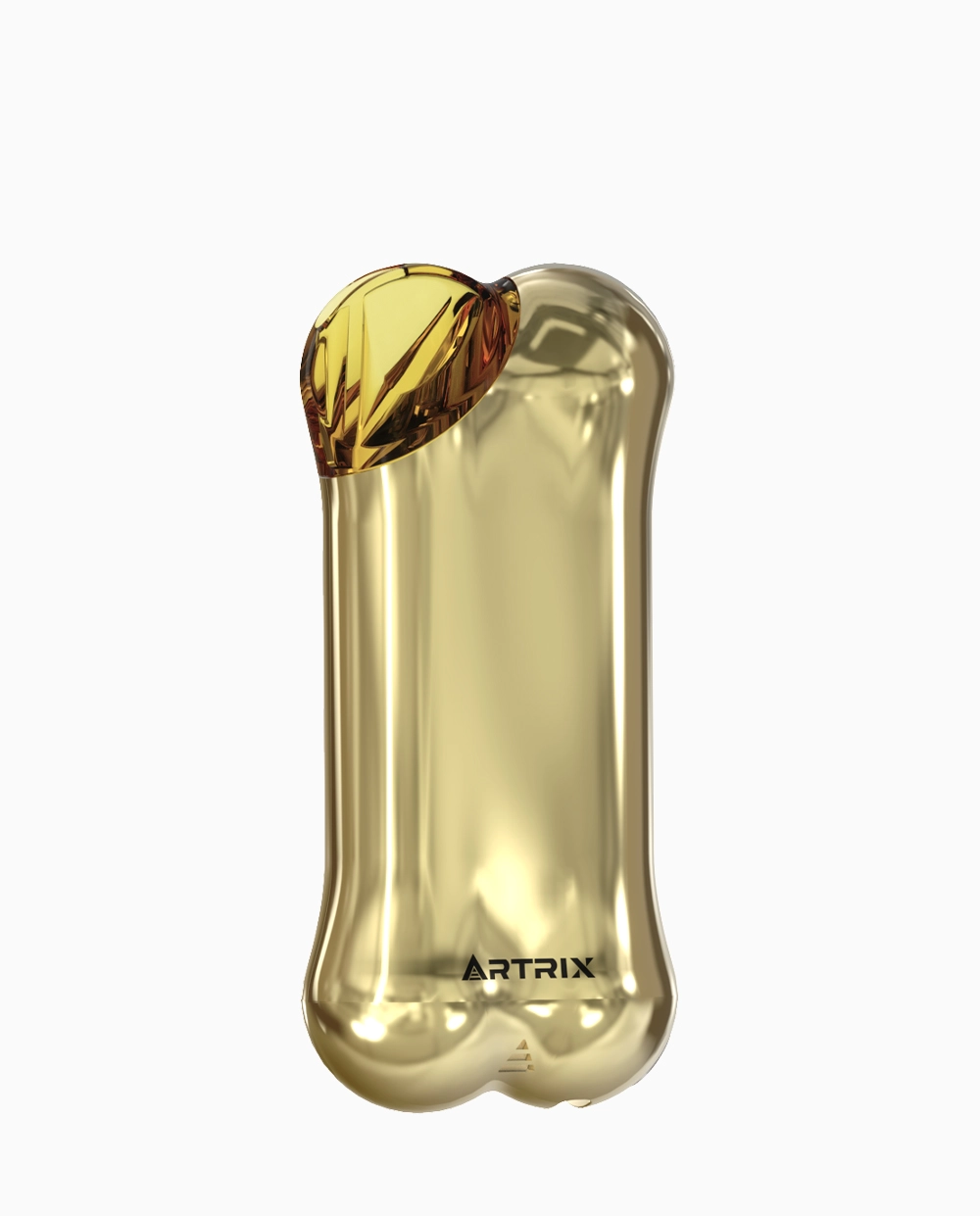
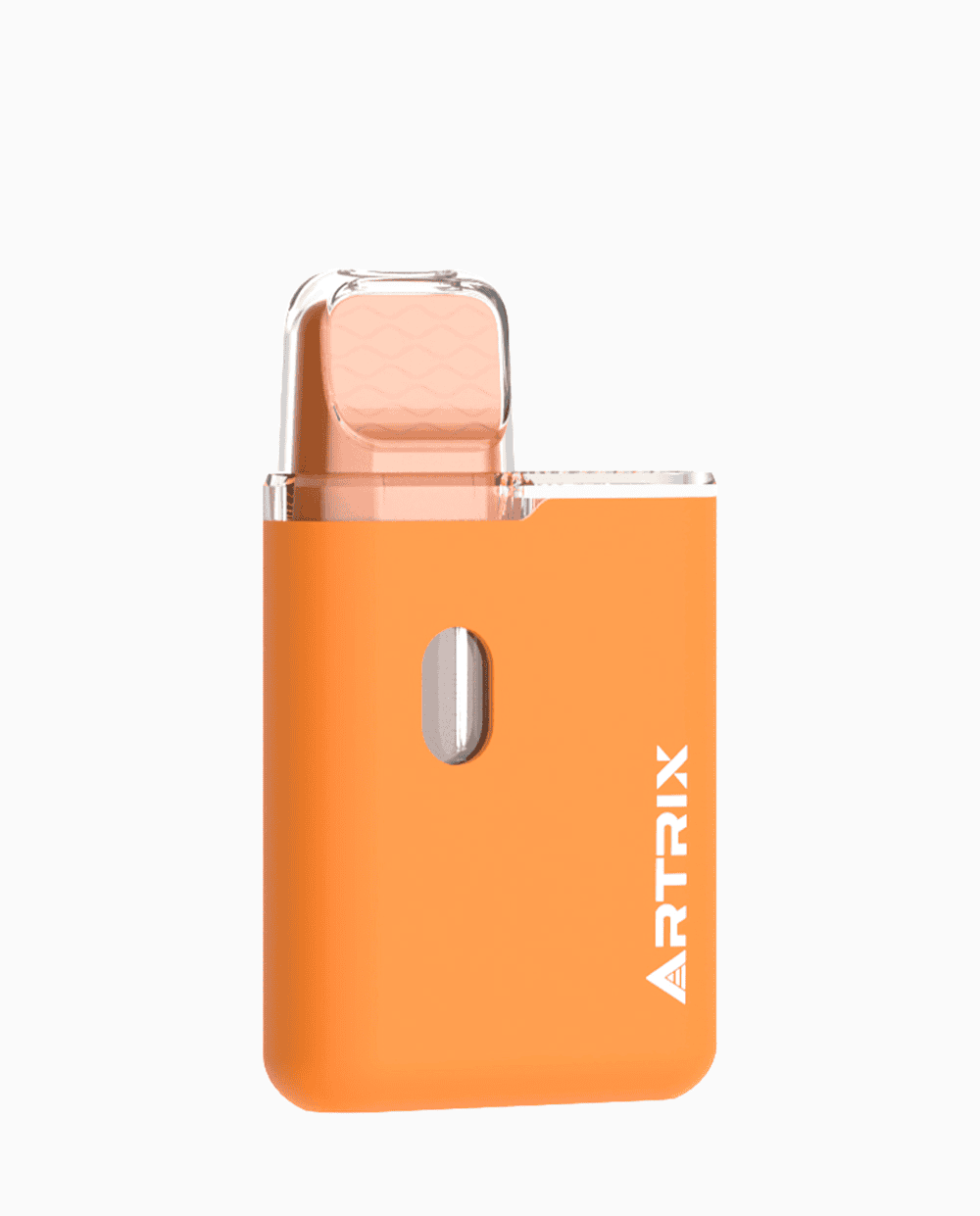
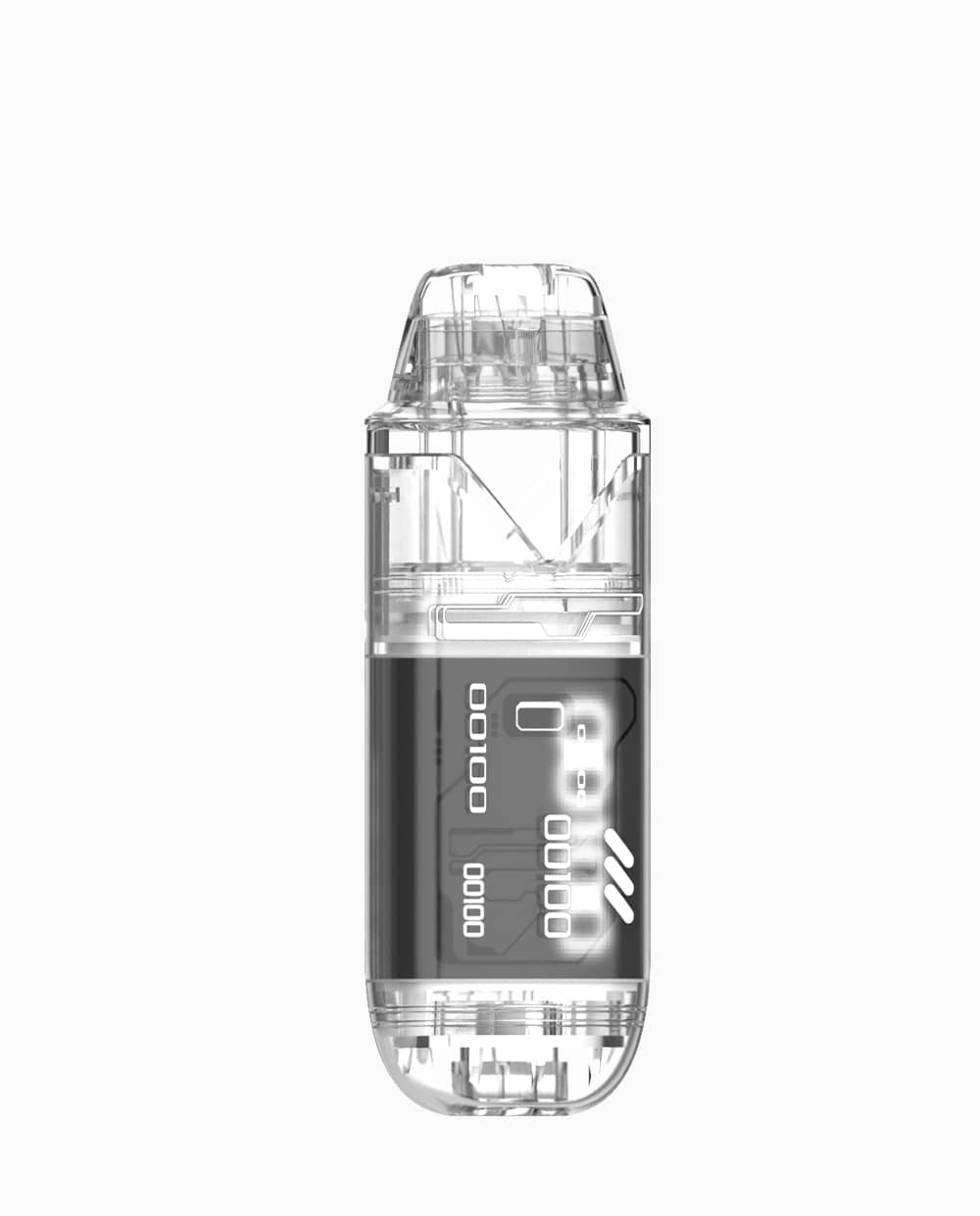

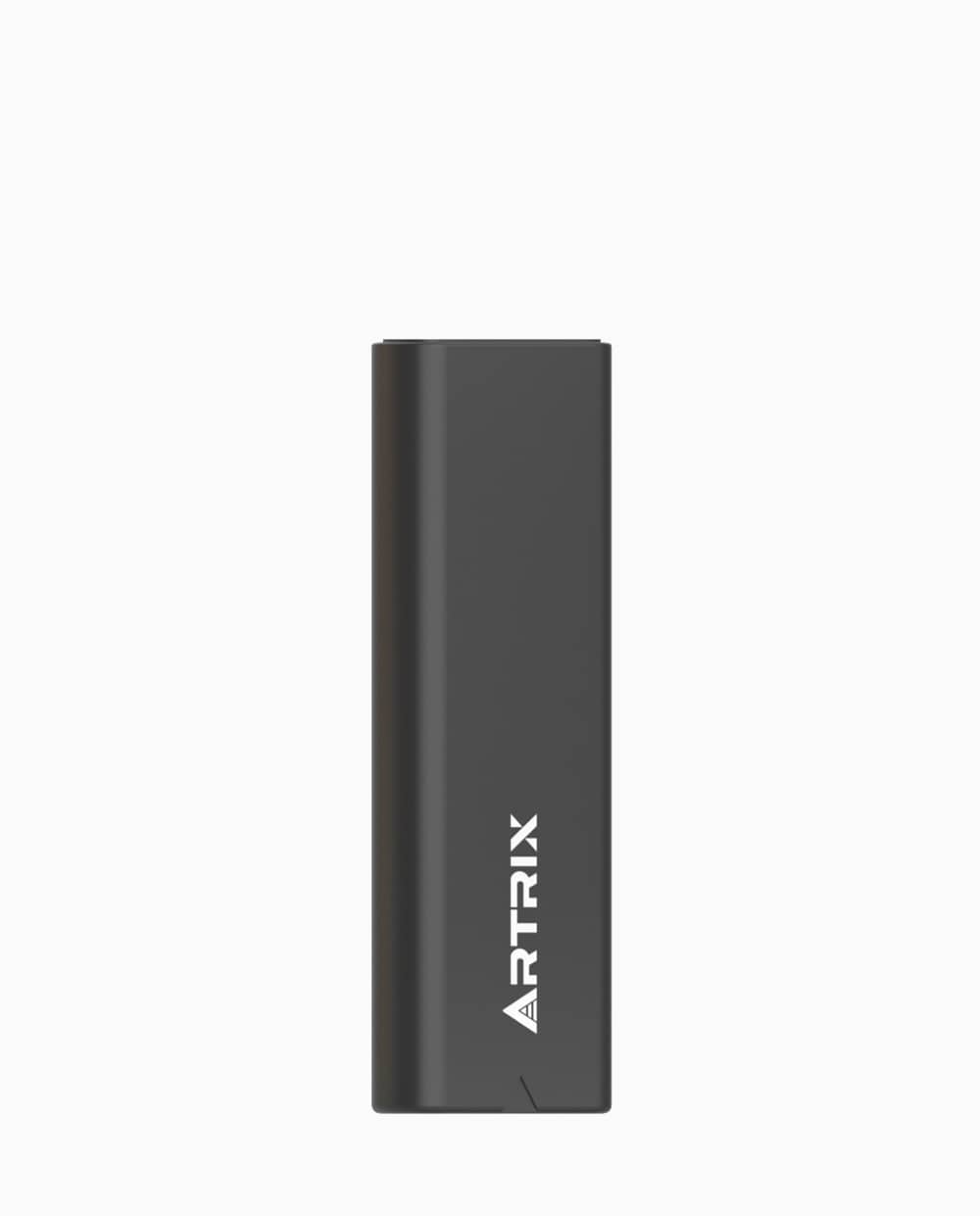
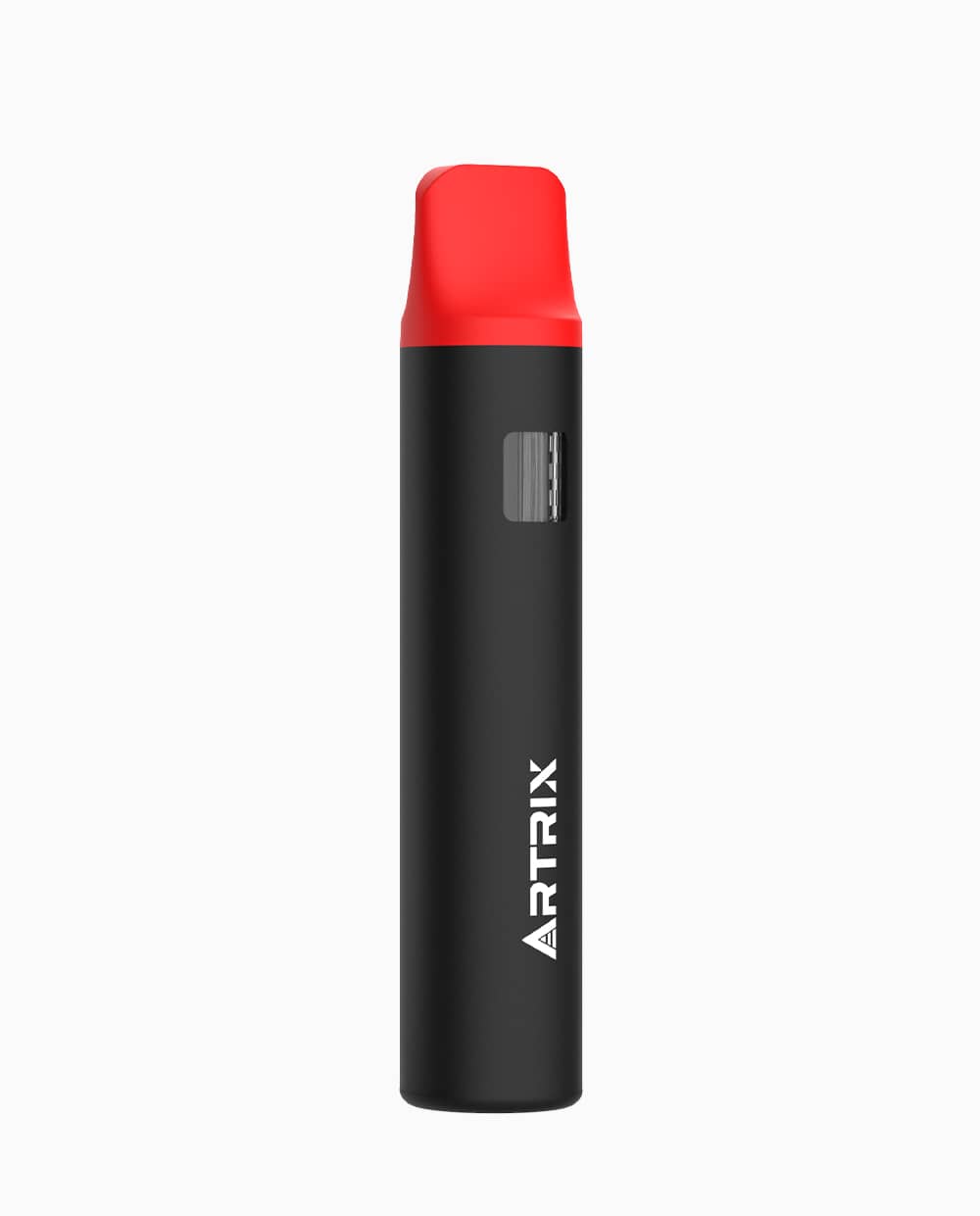
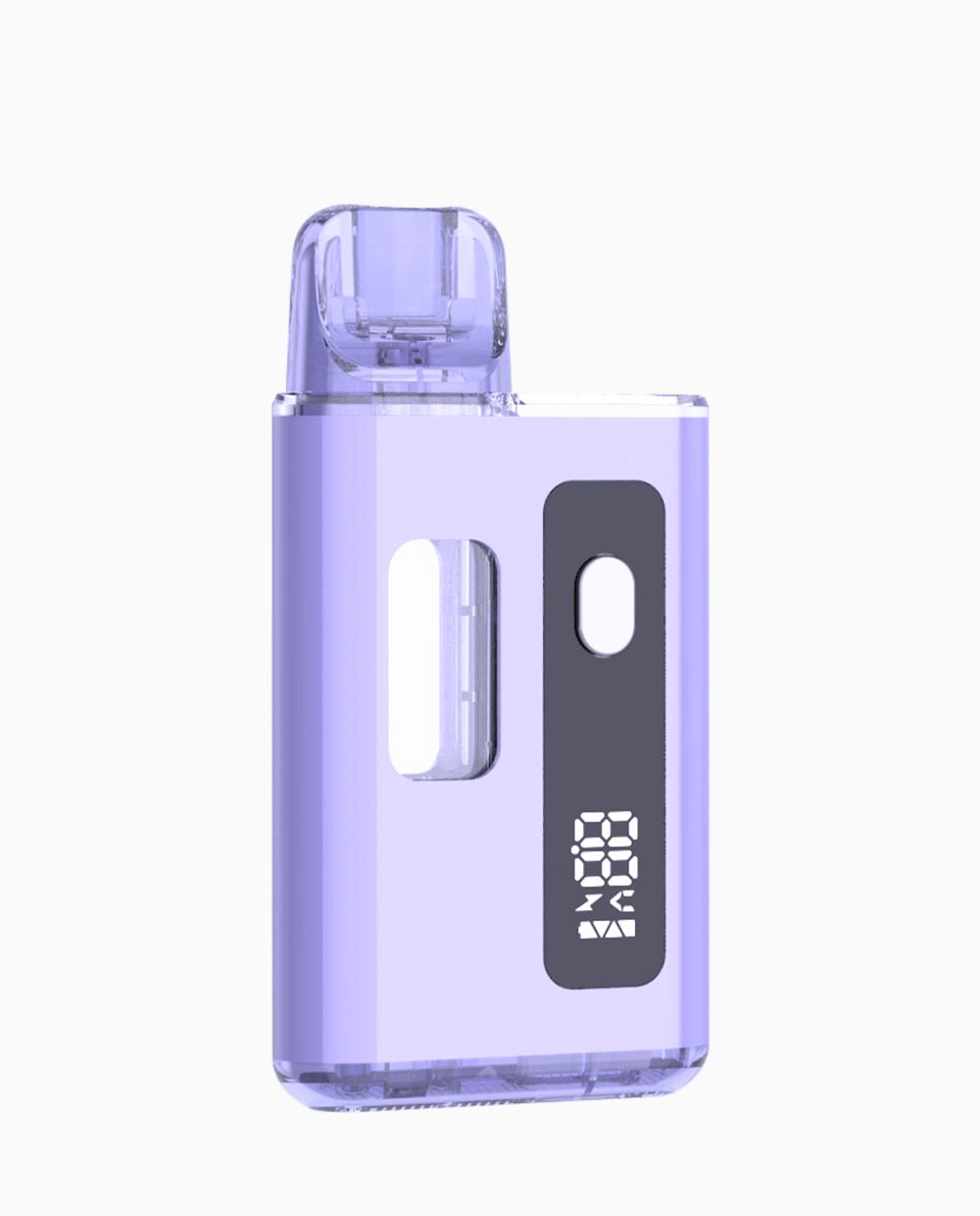
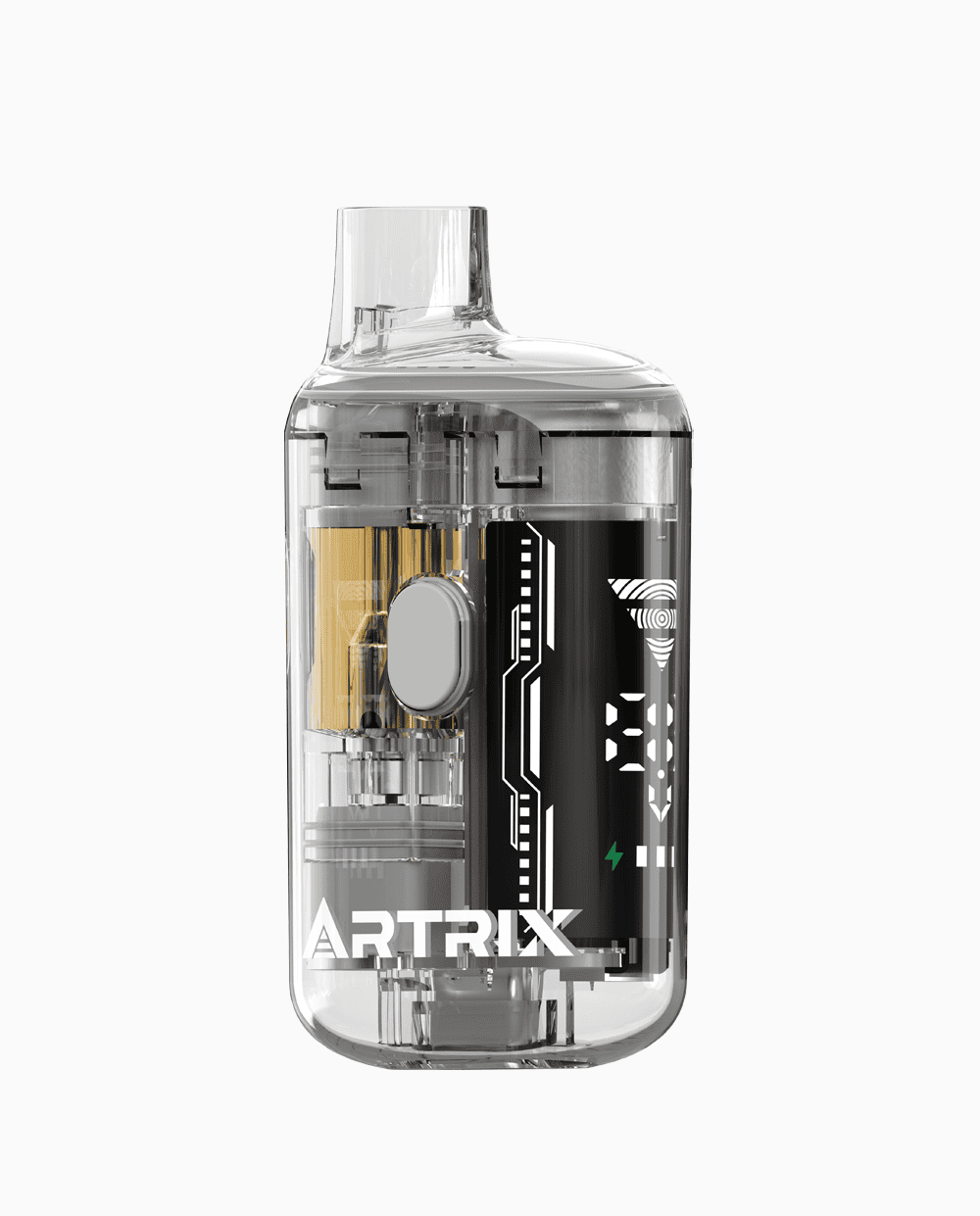
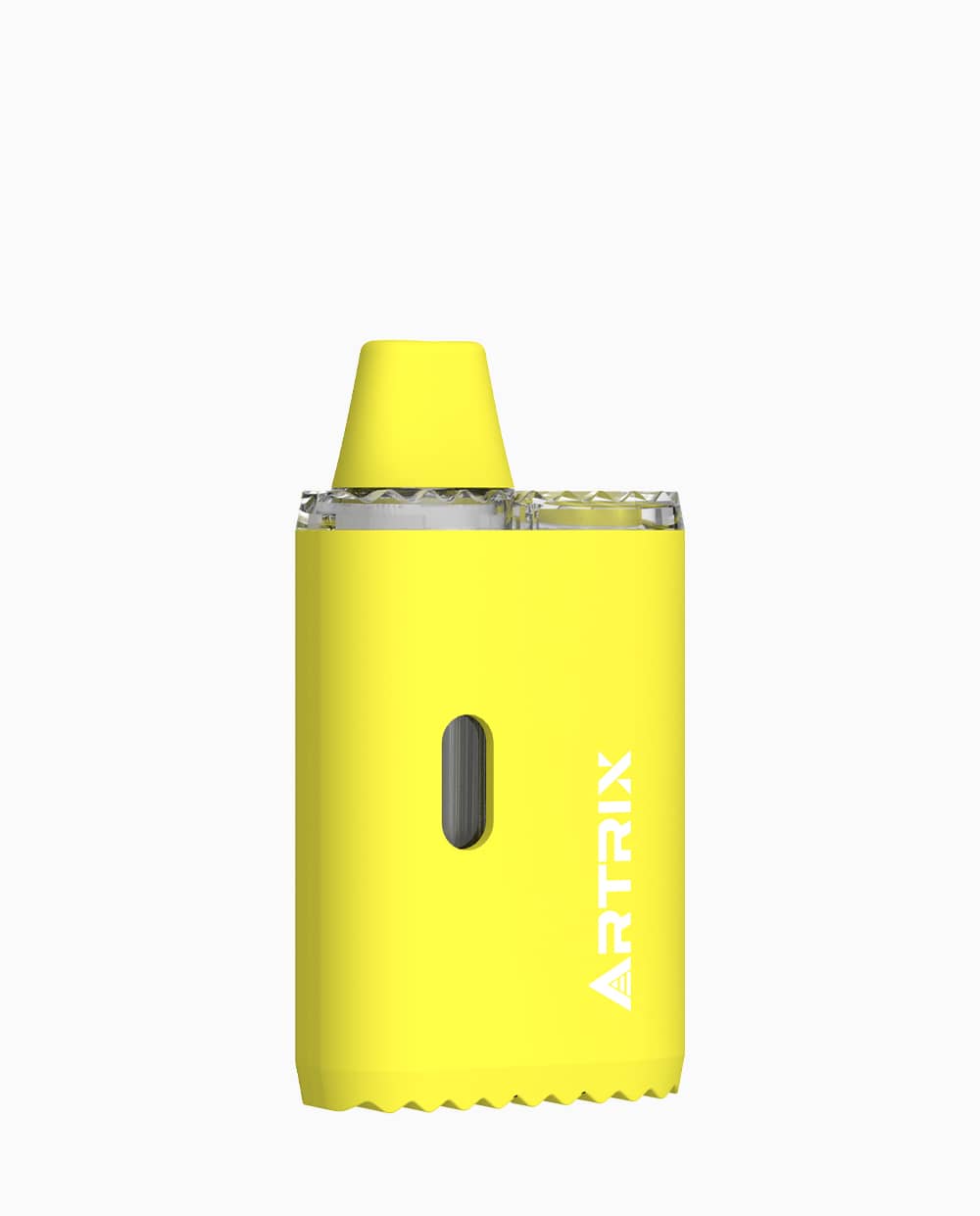

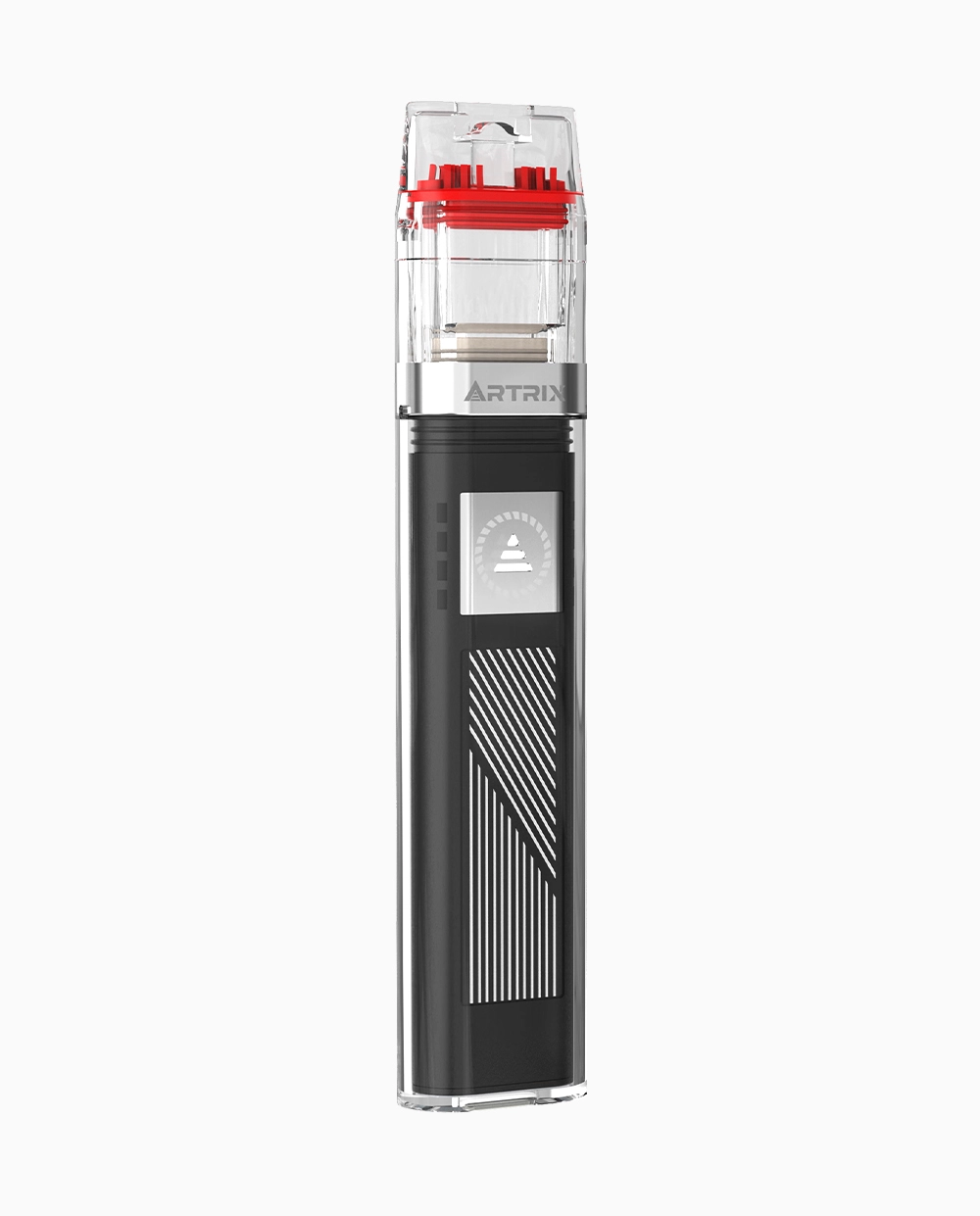

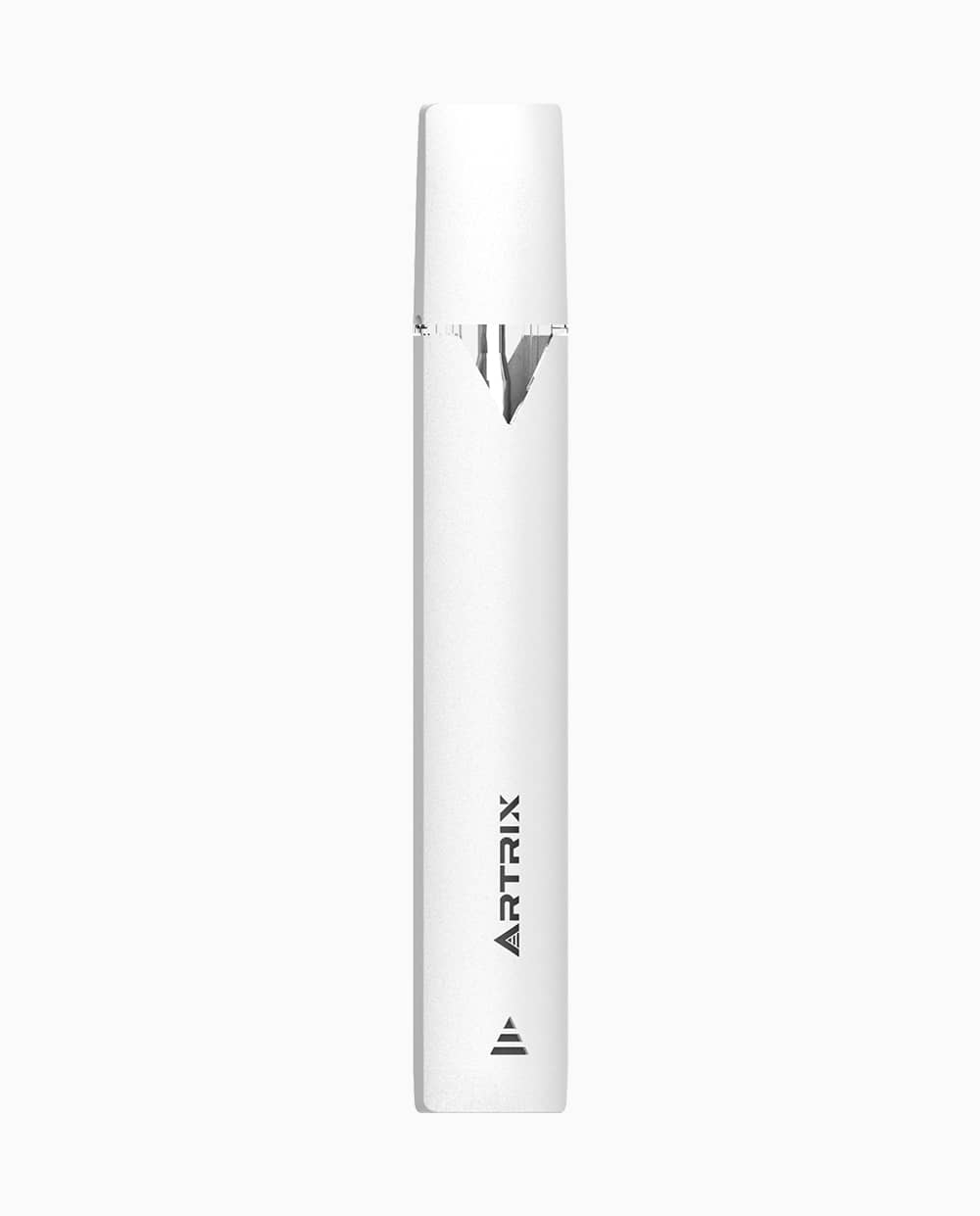
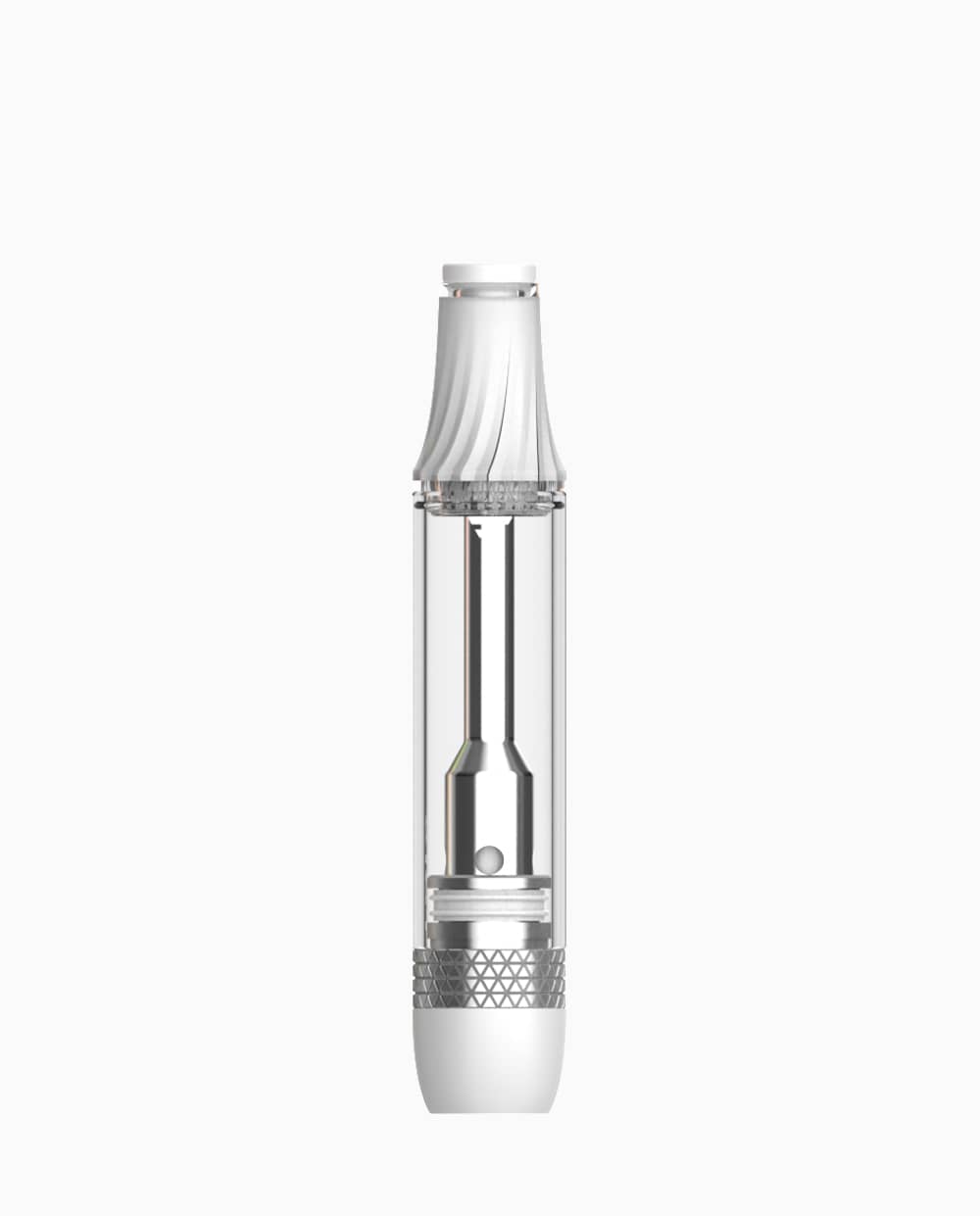
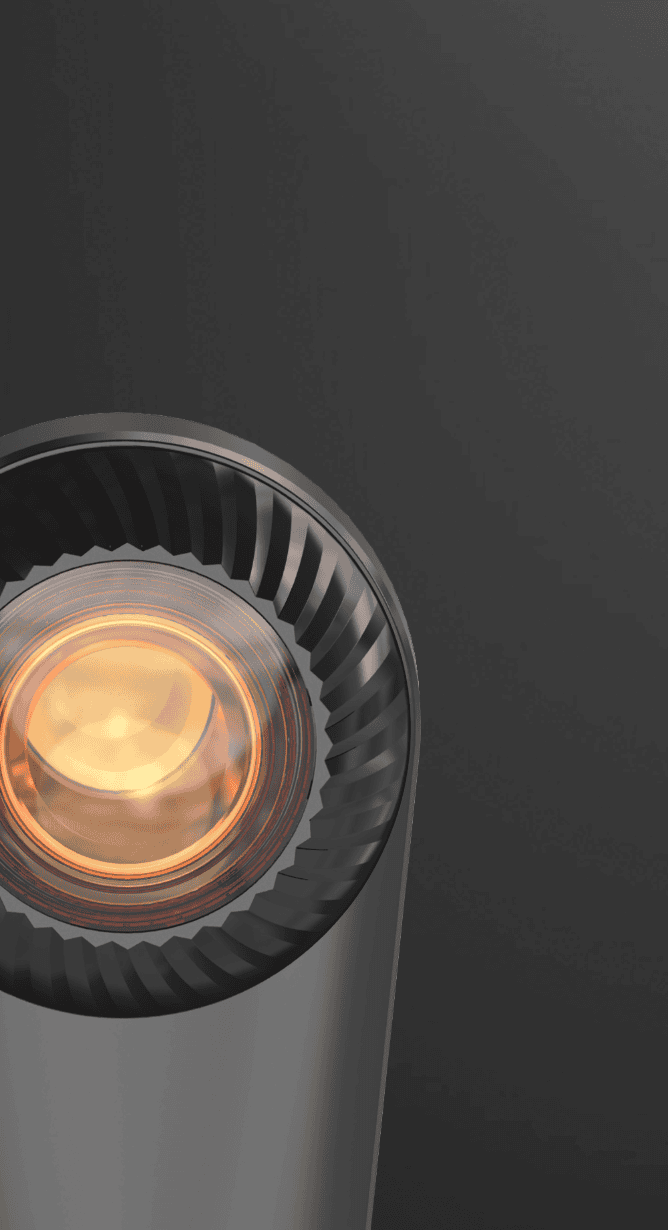
-1.webp)
-1.webp)
-2.webp)


